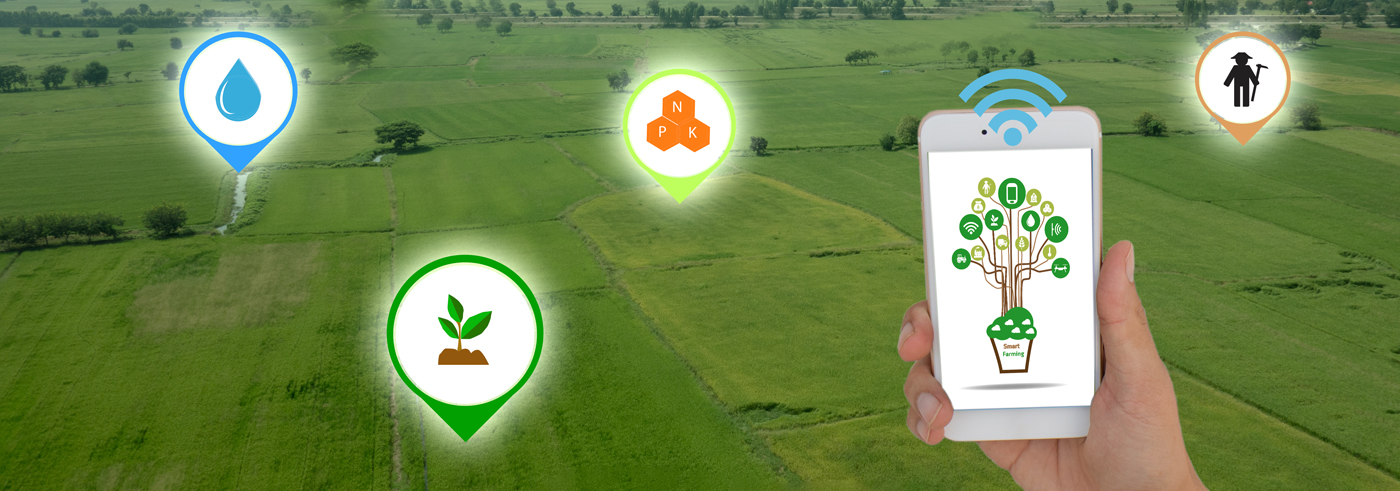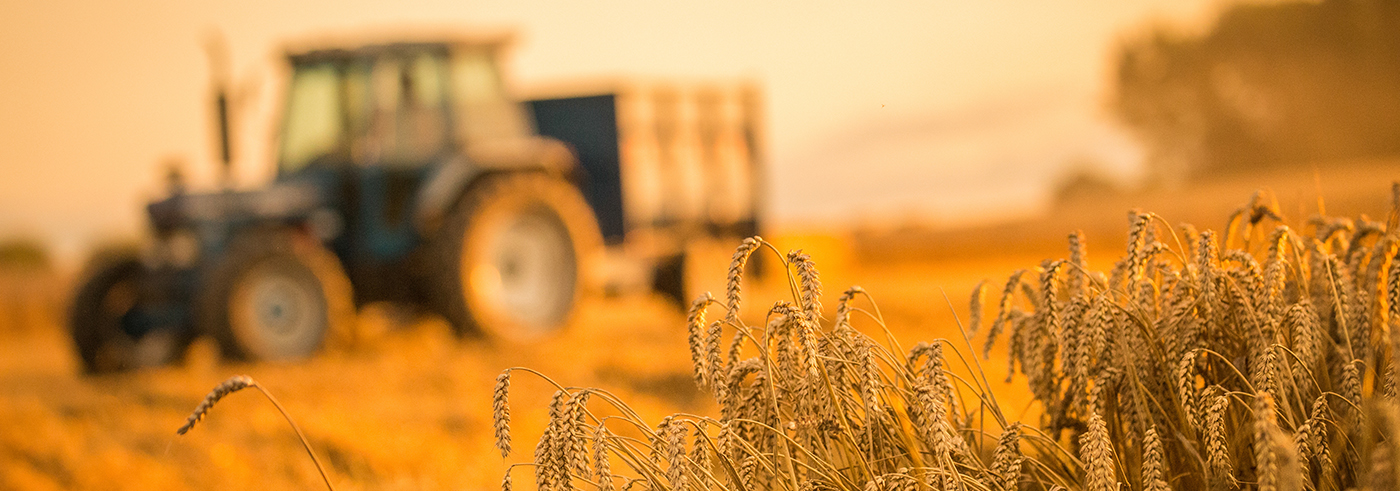***
Building on this study and on the input from several EU-funded projects and events, the Commission plans to launch the carbon farming initiative by the end of 2021.
The study reviewed existing schemes that reward climate-related benefits in five promising areas:
- peatland restoration and rewetting;
- agroforestry;
- maintaining and enhancing soil organic carbon (SOC) on mineral soils;
- managing SOC on grasslands; and livestock farm carbon audit.
The study concludes that result-based carbon farming can contribute significantly in the EU’s efforts to tackle climate change, bringing benefits in terms of carbon sequestration and storage and other co-benefits, such as increased bio-diversity and preservation of eco-systems. Full study can be found here
CEMA’s views
CEMA welcomes this study and the forthcoming initiative to be in place. Agricultural machinery manufacturers stand ready to offer technologies that are able to reduce the 1% of GHG emissions from fuel use in machinery, from engines using alternative fuels to increasing the fuel efficiency within the operations and, even better, within the whole process i.e during farming practices.
But also carbon farming can be supported from machinery side. Today, soil carbon management is listed as one of the negative emissions technologies (NETs) enablers that could actually help to remove greenhouse gases from the air. Research suggests that NETs will be key to meeting the Paris Agreement targets and enhancing the concept of ‘regenerative’ agriculture.
Moreover, precision farming technologies are recognized being one of the flagship eco-schemes proposed by the European Commission to reward farmers in their endeavors. The use of precision farming technologies to reduce application of soil work and target the application of seeds, fertilizers or pesticides to individual needs of any specific area or crop, stand out as a key solution to increase sustainability, mitigate climate action and improve soil health i.e. avoid soil compaction, increase soil life and resilience to erosion. The addition of connectivity and digital tools goes a step further allowing for the proper management of more complex operations including crop monitoring and more complex crop rotations.
Finally, it is important to stress that for farmers to deliver, they should be given the choice of technologies and practices, as wide as possible, and the rewards should be in balance with the investments made.







